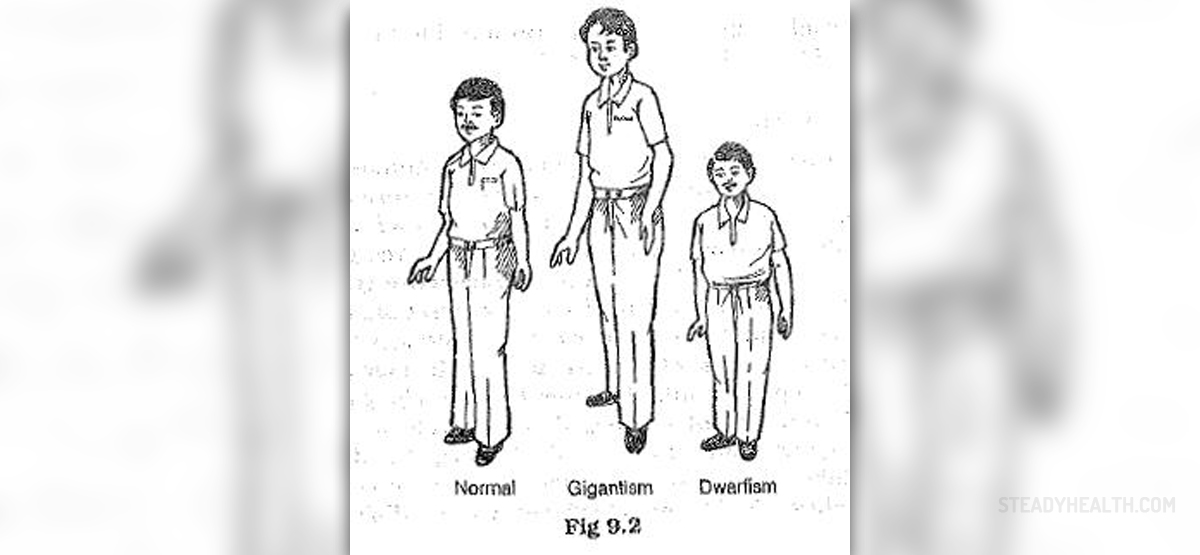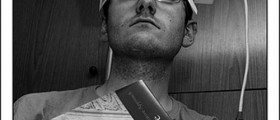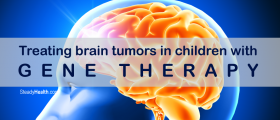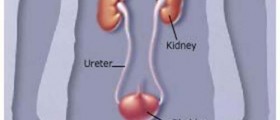
Gigantism (giantism) is a medical condition caused by the presence of excess of growth hormone (GH). Over-production of the hormone is blamed for all the symptoms and signs of gigantism. The condition affects children and the side effects associated with excess of growth hormone are seen on many tissues, organs and organ system.
There is one more condition that results from over-production of growth hormone. Its name is acromegaly. The difference between the two is that acromegaly develops after the person has finished growth and development which is not the case with gigantism, the condition occurring when the body is still growing and undergoing many developmental processes.
Gigantism Clinical Characteristics
All symptoms are signs of gigantism are closely connected to abnormal growth of certain tissues. For instance, the child grows in height and because this growth is excessive he/she is evidently larger comparing to children of the same age.
Furthermore, such children suffer from delayed puberty, may complain about double vision or difficulty with side vision. There is noticeable frontal bossing and their jaw becomes way too prominent. Headaches, increased perspiration, irregular periods and weakness are several more frequently reported complaints. Children suffering from gigantism have large hands and feet and their fingers and toes are thick. Finally, there is thickening of the facial features.
Therapy for Gigantism
Medicamentous treatment is of great importance for such individuals. The goal of the treatment is to remove/shrink the pituitary mass responsible for excessive growth hormone production, restore normal production of growth hormone and retain normal pituitary synthesis of other hormones. It is also essential to prevent recurrence of the disease.
Patients are generally prescribed Somatostatin analogs. However, some patients may also benefit from dopamine agonists and there are even new hepatic GH-receptor antagonists tested.
Surgery for Gigantism
Curative surgery for this condition is transsphenoidal surgery. It can completely remove well-circumscribed pituitary adenomas. Surgeon expertise as well as the size of the tumor along with extension of the tumor mass determine the success of the treatment.
Transsphenoidal surgery is rather safe and can be performed in both, children with gigantism as well as adults suffering from acromegaly. Still, this approach may not be an option so patients need to undergo transcranial removal of the tumor. By measuring the level of growth hormone after the surgery doctors can estimate the success of the surgery.
Only in case when patients cannot undergo surgery or the surgery does not remove the entire mass, patients will need to undergo additional treatments such as radiation therapy.

















Your thoughts on this
Loading...